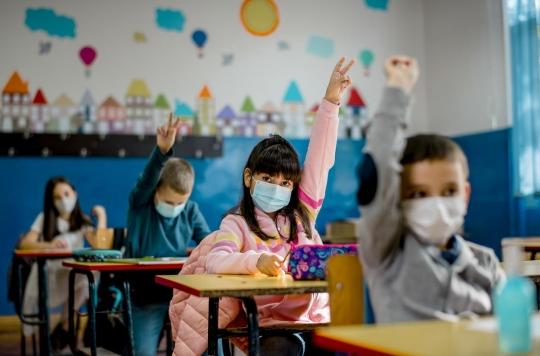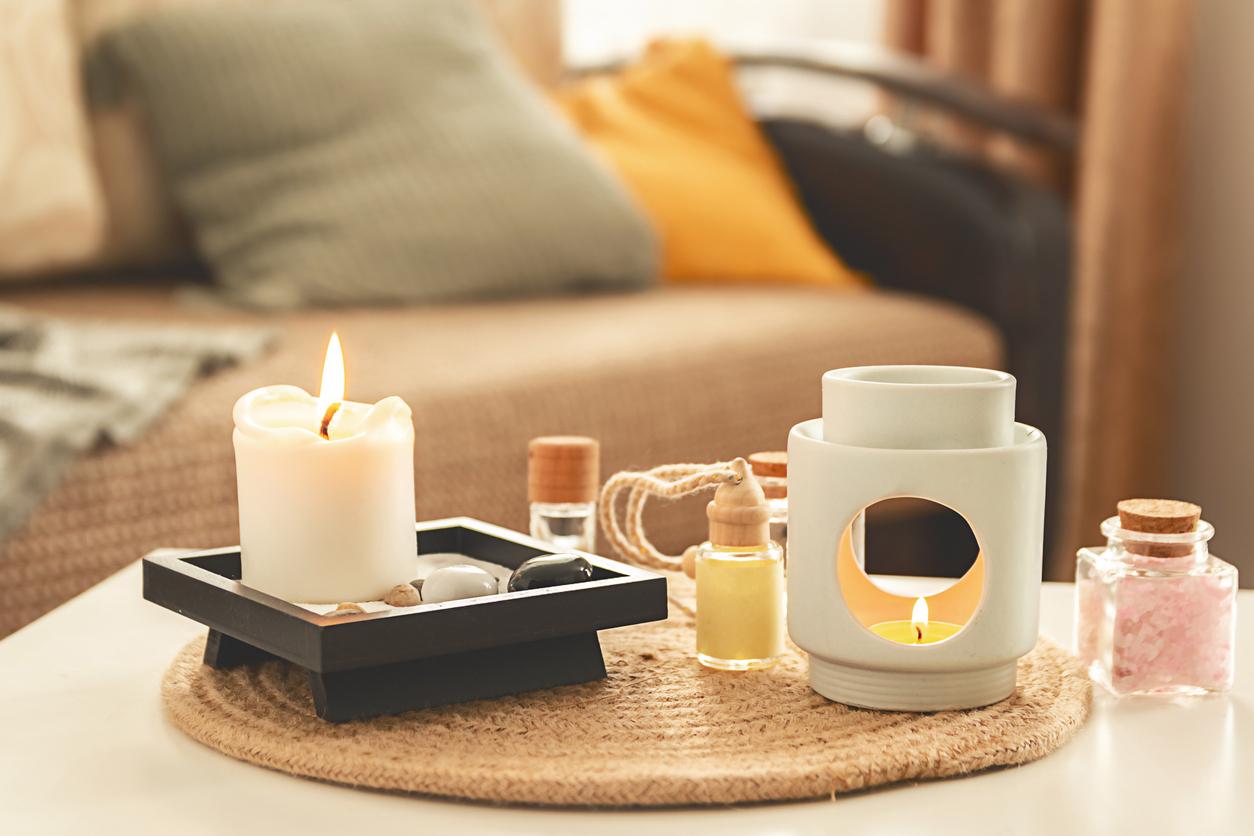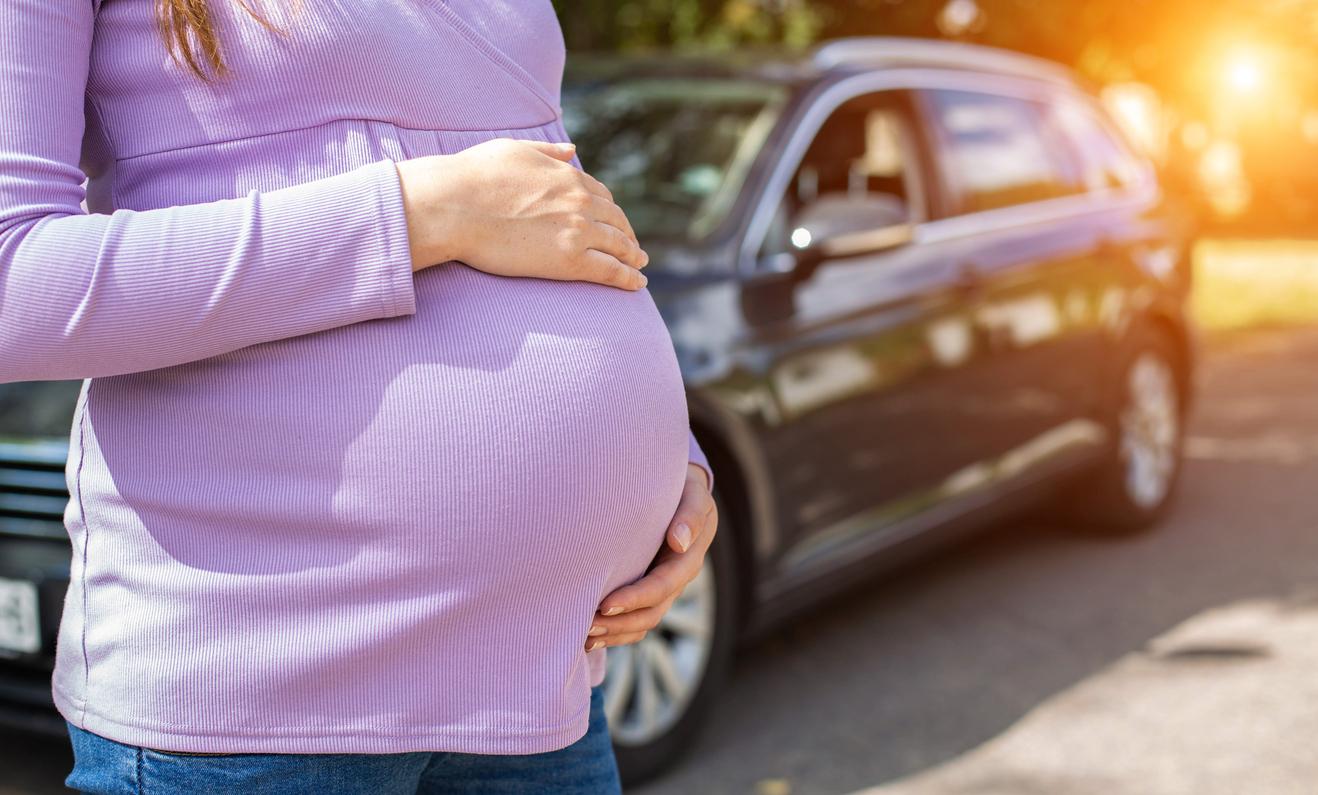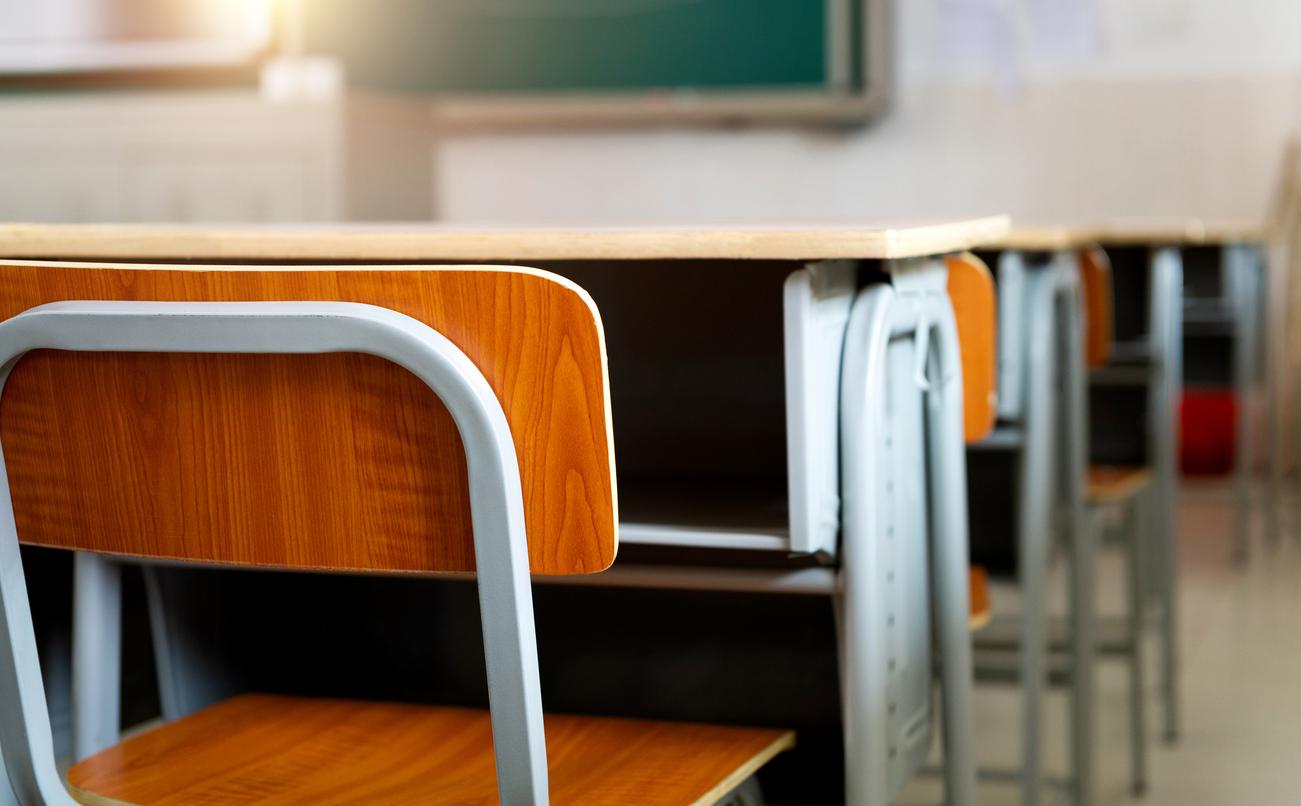British researchers have tested three simple and particularly effective solutions to improve air quality in primary schools.

- Of the 12,520 schools in Île-de-France, in 2017, 682 were exposed to levels of air pollution exceeding the legal standards for nitrogen dioxide (NO2), according to the Respire association.
- With regard to particles, only 1 establishment exceeded the legal thresholds for PM10 and none exceeded the thresholds for PM2.5.
- Ten million students worldwide spend 30% of their daily life in school, 70% of which indoors.
Some schools are experiencing pollution levels that exceed safe levels set by the World Health Organization. But, according to a new study from the University of Surrey, published in the journal Atmospheric Environmentsimple measures can reduce children’s outdoor and indoor exposure to this pollution by almost half.
Purifiers and greenery
Researchers from the Global Center for Clean Air Research (GCARE) in Surrey tested three of these on a number of schools in London:
- Installing air purifiers in classrooms. Researchers have found that they reduce indoor pollution concentrations by up to 57%.
- The installation of a fence of greenery (of the species of ivy hedera helix) around the school. It has reduced some of the most dangerous outdoor particulate levels from roads by up to 44%, depending on wind conditions.
- The organization of initiatives in the streets of the school. The School Streets initiative, which blocks motor vehicles from passing schools at the start and end of school days, has reduced particulate concentrations by up to 36%.
“Our research offers hope”
Professor Prashant Kumar, Founding Director of GCARE Surrey, said: “Everyone, especially our children, deserves to live and work in a place where the air is as clean and safe as possible. Our research offers hope to many who care about this issue, because the results show that taking reasonable steps can make a positive difference.”
Schools looking to learn about changes to improve air quality in their facility can use a set for advice and should seek advice from an air quality specialist.

















